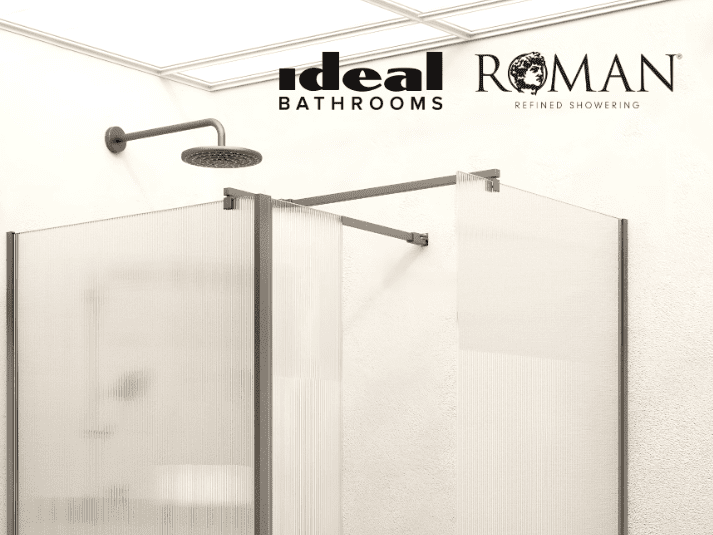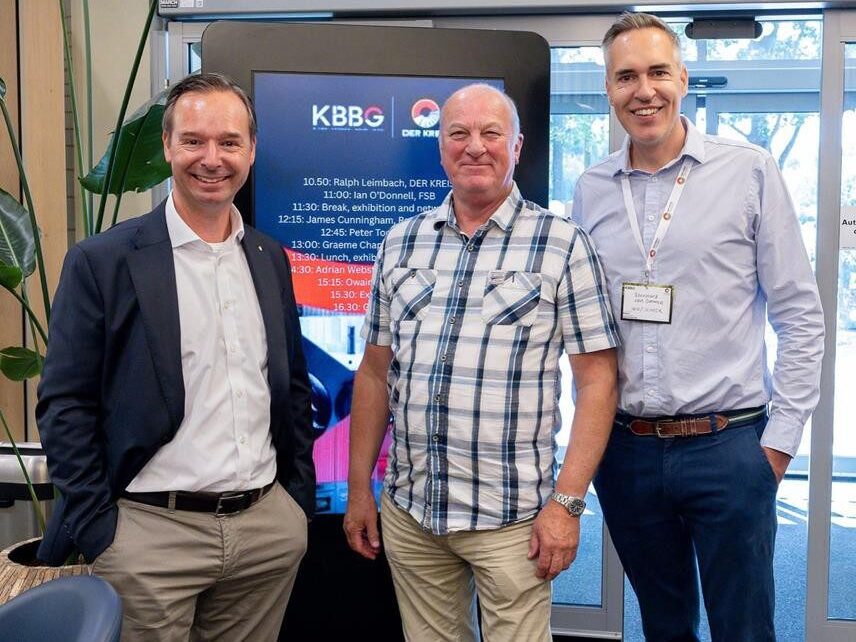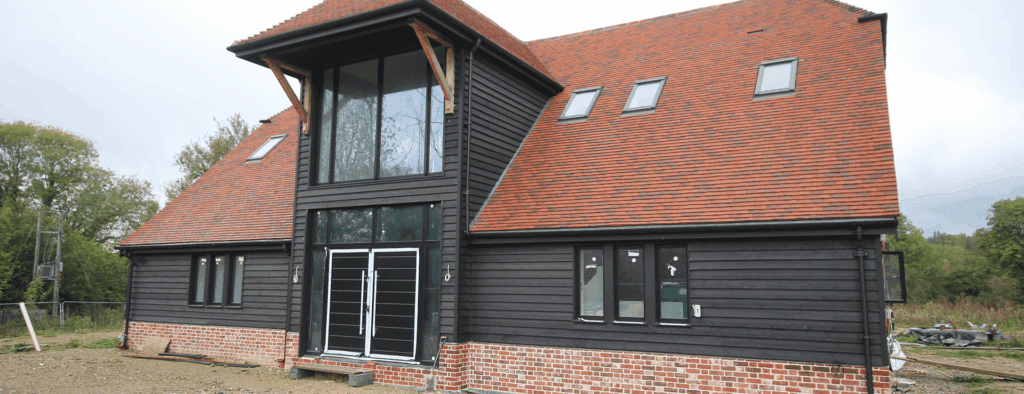A newly published big data and convergence market briefing from BSRIA shows that convergence is growing with the increasing uptake of IP products, number of connected users and the emergence of the IoT (Internet of Things). Other drivers are the need for better energy performance, more efficient and smarter usage of buildings as well as the ability for remote access and cloud storage.
The study found that adoption of IP-based products and convergence is increasing with the growth in the number of Internet users, personal devices, machine-to-machine (M2M) connections and the IoT. Cheap sensors are being applied and easy to use application software is available and is having a significant impact on the uptake of IoT. An estimated 4.9 billion devices are today connected to the IoT with a predicted increase to 50 – 200 billion devices by 2020.
Lone Hansen, WMI Manager – I.T. Cable Group, BSRIA, said: “The majority of future growth in structured cabling is related to installations of wireless access points and other services such as CCTV, access controls, A/V, whiteboards, BACS and metering. The total number of outlets is expected to increase from 144 million in 2014 to 175 million by 2020, a growth rate of 3 – 4 per cent per year. The forecast for voice and data outlets is pretty flat, growing by around 2 per cent per year. WAPs (wireless access points) and Distributed Building Services accounted for 12 per cent in 2014 increasing to 17 per cent in 2020.
The number of fully vertically converged buildings is increasing but is still limited. Nearly all have been designed and purpose-built around the technology to provide a unified solution. The penetration of convergence also varies significantly depending on the country/region with the highest uptake in US, the UAE and the UK and the lowest in Asian countries like China. The number of WAPs shipped is forecast to increase by 27 per cent worldwide in 2015 to 14 million units followed by an annual increase of 10-15 per cent to 24 million in 2020.
PoE (Power over Ethernet) uptake is mostly used for VoIP (voice over) phones with an estimated 80 per cent uptake. Around half of the WAPs are powered by PoE. They are mostly installed in the ceiling, which enhances the convenience of using PoE. An estimated 30 per cent of CCTVs are powered by PoE, as are 20 per cent of access points. However, there are large regional differences.”
The main objective of this study was to forecast the copper structured cabling market up to 2020 by quantifying the impact of convergence. The base is the number of metres of LAN copper cables (by category) sold by country and region and the approach is to estimate the number of structured cabling outlets/nodes used for voice & data, WAPs and distributed building services. Key products included under distributed building services include CCTV, access controls, AV and white boards, lighting and BACS/HVAC.
It also provides insights into how to:
- quantify the impact of convergence on the structured cabling market by region and worldwide;
- estimate the of number of drops/connections used for data, wireless access points and other services such as CCTV, access control, BMS, lighting etc;
- PoE and its importance.
For more information on the availability and costs of BSRIA’s reports, contact: Steve Turner, General Manager, Sales: [email protected]; 01344 465 610; M- 07725 278 640; or view: www.bsria.co.uk/wmi











